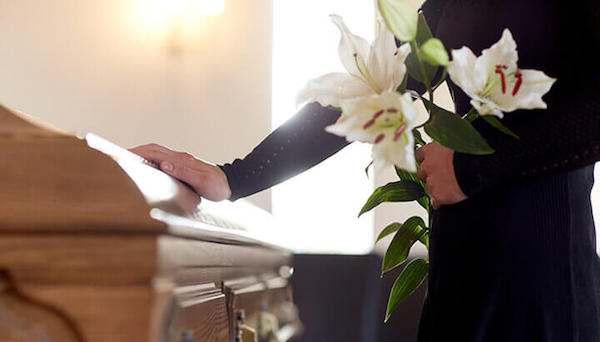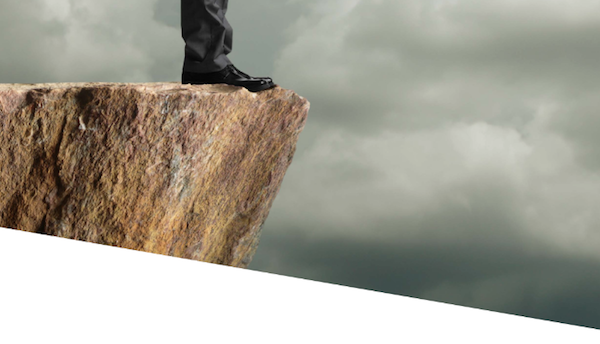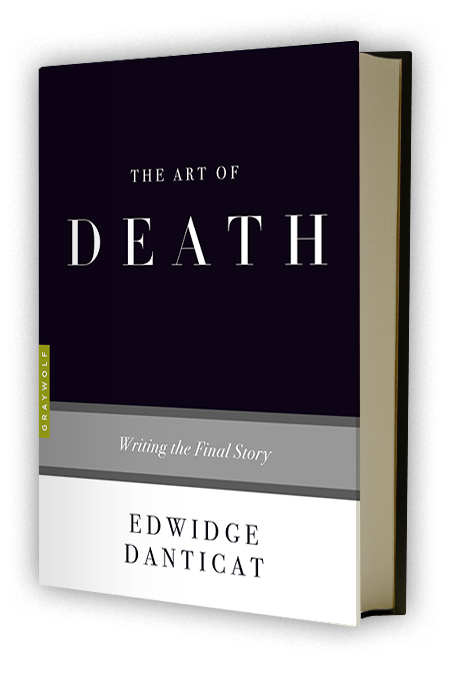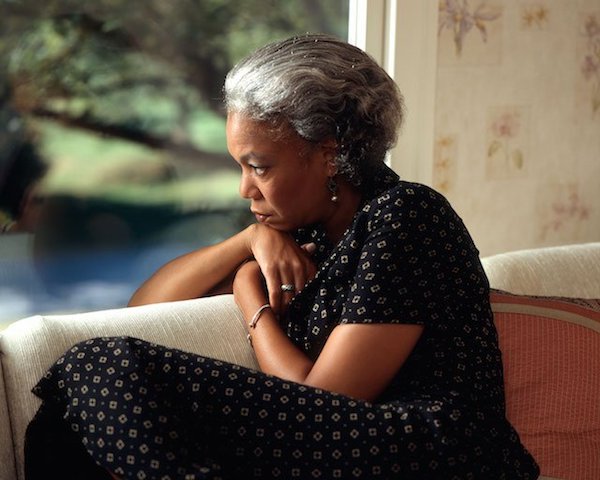The notion that one gets over it is a myth.
by Mary Lamia
[T]he emotion of grief may be triggered by the loss of a loved one or the result of a life circumstance. Many people believe that if you have effectively mourned a loss you will then achieve closure. The notion that one mourns a loss and then gets over it, to the extent that emotions about the loss are not triggered in the future, is a myth.
Similarly, children have such expectations about getting over loss. They seem to believe that one needs to do something in particular in order to achieve that goal. Several years ago, as host of a radio talk show for kids, I asked listeners about the issue of loss. An 8-year old boy told me that his grandfather had died two weeks before and he wanted to know how to get over it-he thinks about him all the time and can’t concentrate on anything else. A 12-year old boy explained that his dog had died and he wanted to know what to do since he couldn’t say good-bye to her and didn’t think that he could ever “fill [his] heart with anything else.” I didn’t ask what he meant by his choice of words, however, I felt its meaning. A 13-year old girl said that she asks her brother about what clothes look good on her because she doesn’t have a mom, and it always feels like something is missing. She asked, “How do I get over my mom dying?”
The misguided notion that grief is a process that allows a final working through of a loss is likely the fault of my own profession–mental health professionals who have promoted this notion in their work with grieving individuals. Clinical data makes it clear that any significant loss, later and repeatedly, brings up longing and sadness. Is it because these people have not achieved closure by traversing prescribed stages of mourning or because they have not “worked through the loss” as some therapists boldly claim? No. It’s because you never get over loss. As time passes, the intensity of feelings about the loss will lessen, you might also find ways to sooth or distract yourself, or you can partially bury grief-related feelings by creating new memories. But you’re not going to get over it because that’s impossible: you cannot erase emotional memory. Besides, it’s not about achieving closure. Instead you have to figure out what you are going to do when your emotional memories are later triggered.
Emotions that have to do with loss are triggered throughout our lives. Usually they are in the form of anniversary reactions, such as the birthday or death day of the lost loved one or any significant holiday in which you might want to be with the person who is gone. Reminders, such as visiting a place you’ve been with the person you lost, will trigger a similar response. Episodes of depression or anxiety that seem to come from nowhere may have been activated by anniversary reactions or situation-matching reactions.
Grief can also be triggered by an age-matching anniversary reaction, which is when a person’s age matches the age of a parent or loved one when they died. The remarkable power of age-matching anniversary reactions arising from the loss of a parent in childhood was demonstrated to me when I began training as a psychologist nearly 40 years ago. I had been treating a severely depressed man who, for many months, was not responsive to intensive psychotherapy or medication. Upon discovering with the patient that his depression began at a time in which his age matched his father’s age of death, the depression miraculously lifted. Beneath his depression lay a myriad of fears that he would be like his father, which included dying at the same age of his father as well as guilt that he was not like his father and could live a full life. Although he had been unaware of the age factor, his painful feelings seemed to recreate the trauma of his father’s death, which was too overwhelming for him to feel when he was ten years old.
One of the reasons that grief happens to be triggered by external reminders, such as in anniversary reactions, is because grief is an emotion that sends a vague alert to help you to remember, rather than to forget. Even so, what most people do with grief is attempt to forget–to get over it–which is quite contrary to the purpose of the emotion. Rather than try to forget, one must attempt to remember and accept what the emotion is trying to convey. There are many ways to remember. You can remember what you learned from the person you lost, remember what you enjoyed, and you can cry if you feel like crying. Even if your grief is about a relationship gone bad, there is always something that you can learn through recollection.
There are related themes of loss that people express, and later grief responses related to those losses, such as the many women and men who have given up a child for adoption. The child’s birth date does not pass by without an emotional reaction, whether or not they recognize it at the time. Similarly, the date a child would have been born for a childless woman who has had a miscarriage can trigger grief. The experience of loss when a relationship ends can be triggered on the former partner’s birthday, on the anniversary of when you met, or on any holiday.
Whenever I am bothered by the thought of just how misguided the notion of stages of grieving can be, I remember one patient in particular who wanted help with the depression she had every summer, which at the time she told me was when her 12-year old child had died 25 years before. She sought therapy because she was convinced that something was wrong with her. Every June, for 25 years, she had experienced a grief response. Simply knowing that she wasn’t crazy because of the intense emotions she felt made it a bit easier the next time June arrived. Rather than try to get rid of her painful feelings at the time, instead she learned to think about exactly what she would do to remember her son.
Henry Wadsworth Longfellow sums up the lifelong experience of grief in the first 3 lines of his poem, Secret Anniversaries Of The Heart:
The holiest of all holidays are those
Kept by ourselves in silence and apart;
The secret anniversaries of the heart.
For more information regarding my books about emotions: http://www.marylamia.com
Complete Article HERE!













